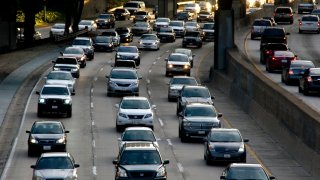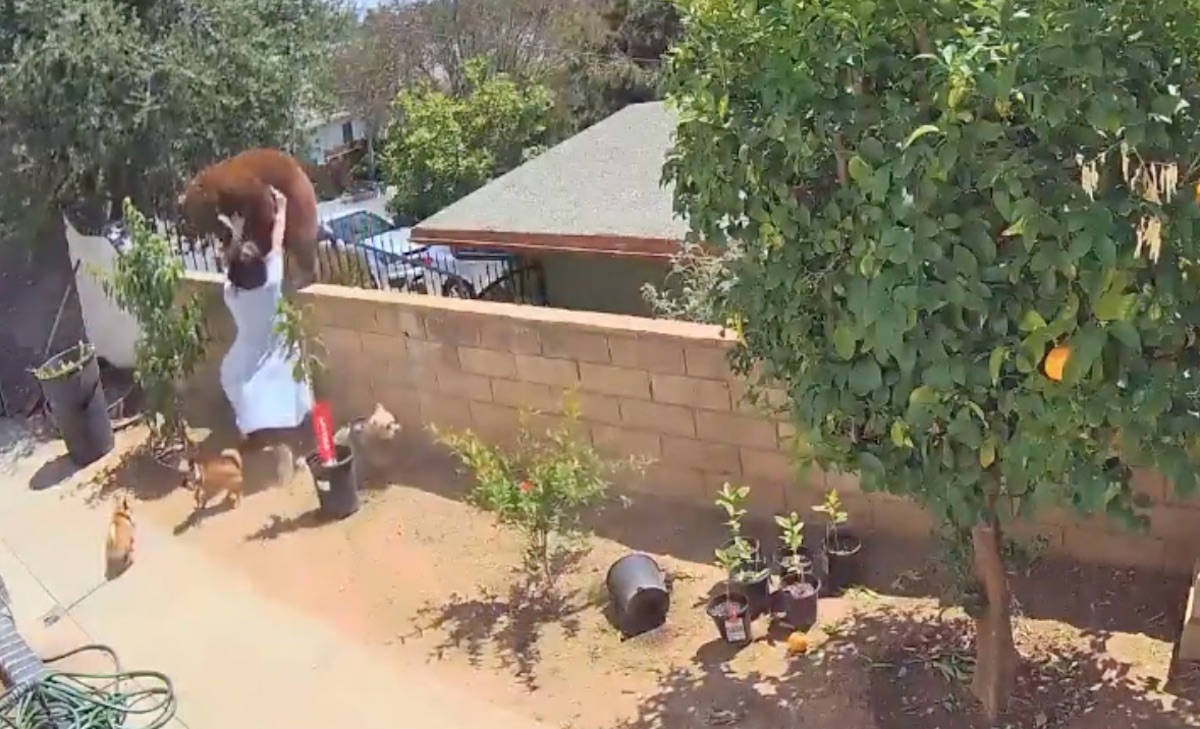
Heads up California drivers. There are new laws ahead in 2022.
Bills signed into law during the last legislative session cover a range of rules on the road, including illegal sideshows, safety gear requirements for people riding horses and a change that began this year, but bears repeating.
Here are some of the new laws on California roads for 2022. These laws take effect Jan. 1, 2022, unless otherwise noted.
Get Southern California news, weather forecasts and entertainment stories to your inbox. Sign up for NBC LA newsletters.
AB 3: Sideshow Definition and Penalties
This new law defines a “sideshow” in California and outlines penalties for a related offense. California Vehicle Code will define “sideshow” as an “event in which two or more persons block or impede traffic on a highway for the purpose of performing motor vehicle stunts, motor vehicle speed contests, motor vehicle exhibitions of speed, or reckless driving for spectators.
Like this 50-car freeway takeover in November.
As for penalties, courts will be permitted to suspend a driver’s license between 90 days and six months. That part of the law is effective July 1, 2025.
Assembly Bill 974: Safety Gear for Horse, Mule and Donkey Riders
This new law signed by Gov. Gavin Newsom in September requires anyone under 18 years old who rides an equestrian animal -- horses, mules and donkeys -- on a paved highway to “wear a properly fitted and fastened helmet.'' The legislation is intended to enforce the same requirements for youths who ride bikes, non-motorized scooters, skateboards, in-line and roller skates.
The new law requires a person of any age to wear reflective gear or a lamp while riding equestrian animals after dark on paved highways.
Fines for first-time violators are $25 per infraction. However, anyone using an equestrian animal in a parade or festival is exempt from the helmet and gear provisions, according to the legislation.
AB 798: Tribal Emergency Vehicles
This bill signed into law on Sept. 24 and removes restrictions previously imposed on federally recognized Native American tribes operating emergency vehicles on their reservations. There are 109 designated tribes statewide, 11 of which are in Riverside County.
The bill specifically permits all the tribes to acquire and deploy ambulances, as well as firefighting and other emergency vehicles, without the state requiring that the vehicles be inspected by the CHP, and without those individuals who may legally operate them having to go through the Department of Motor Vehicles for special licenses.
Previously, the state treated tribal emergency vehicles the same as privately operated ones, mandating rigorous inspection and licensing. However, the legislation recognized that the tribes are sovereign and self-governing, and that imposing a lengthy approval process was unjustified. The issue came to the fore in 2019 when the San Manuel Band of Mission Indians acquired a ``state-of-the-art ambulance'' but couldn't use it for a year because of the protracted inspection process and licensing for all of the tribe's 50 firefighters who might need to operate it.
Assembly Bill 47: License Points for Distracted Drivers
This law actually went into effect over the summer, but it’s worth another mention. As of July 1, a driver convicted of using a mobile phone without a hands-free device for a second time within a 36-month period will have a point added to his or her license.



